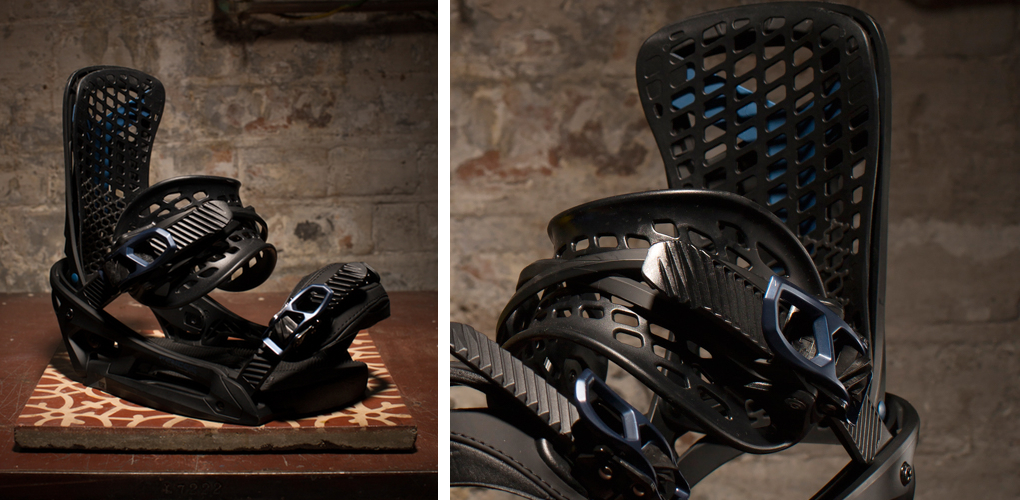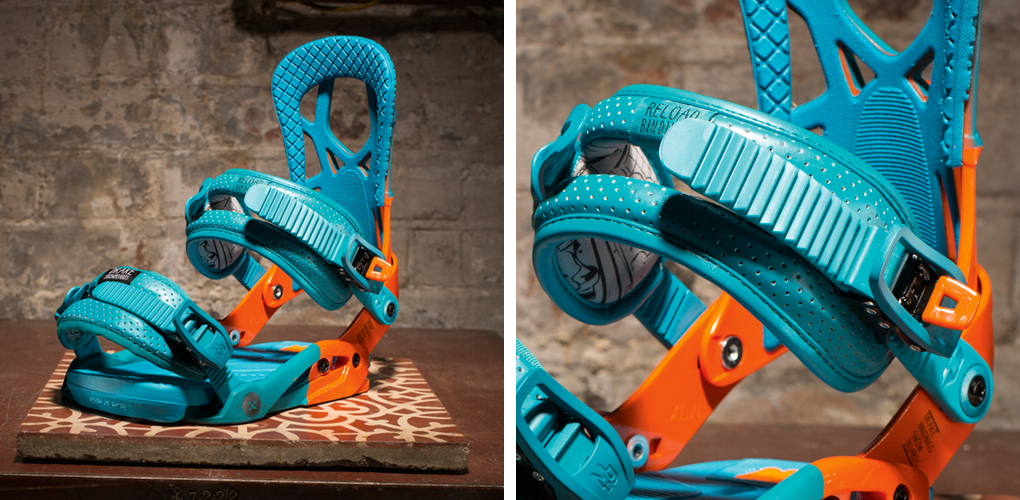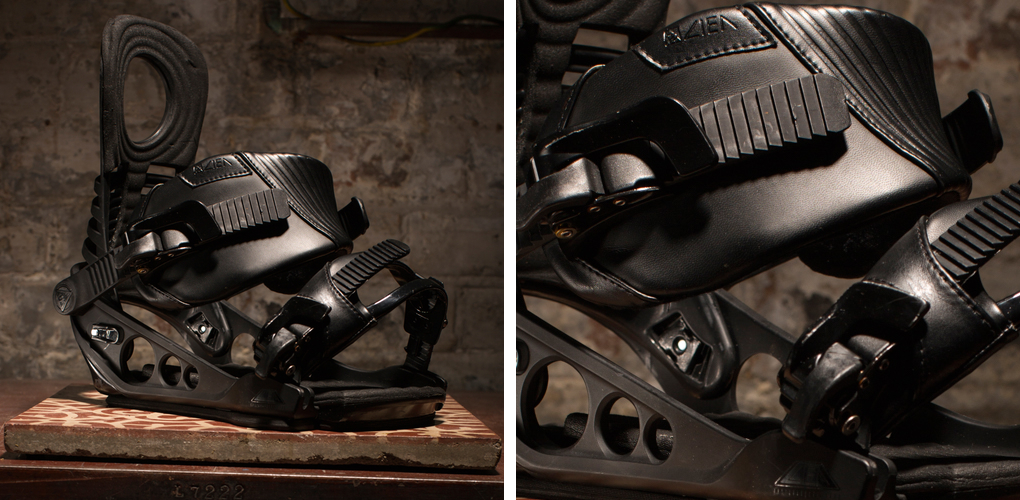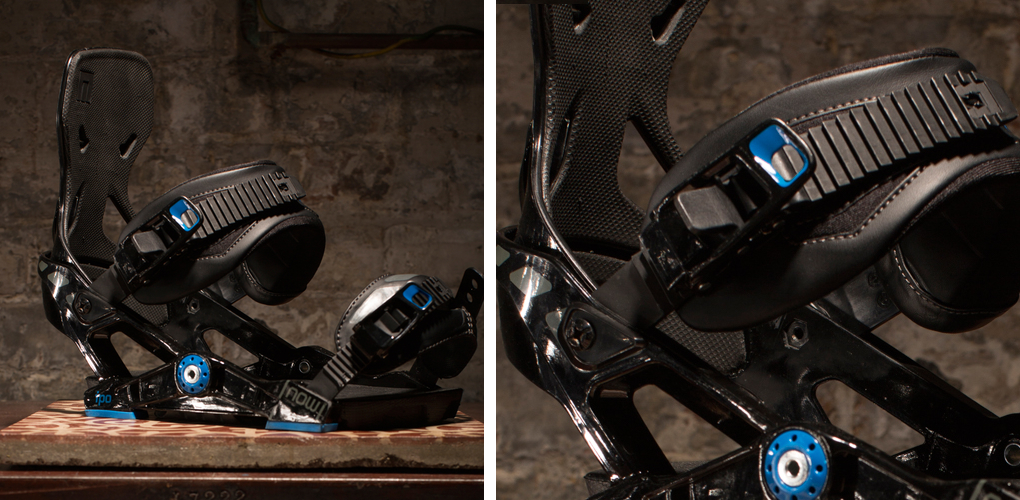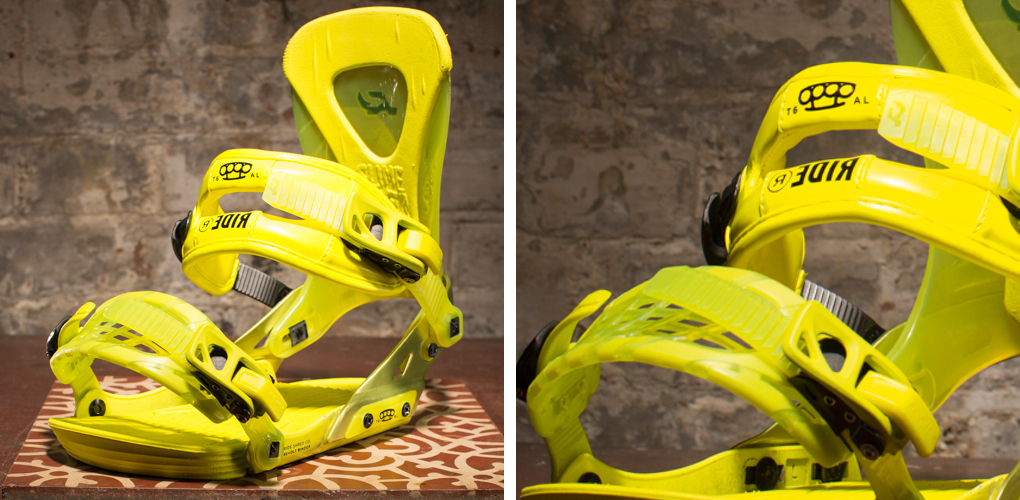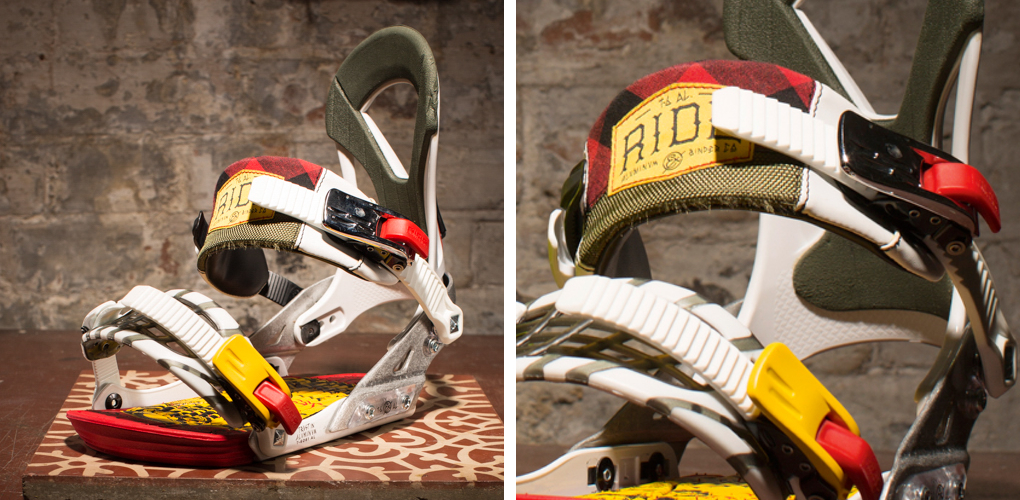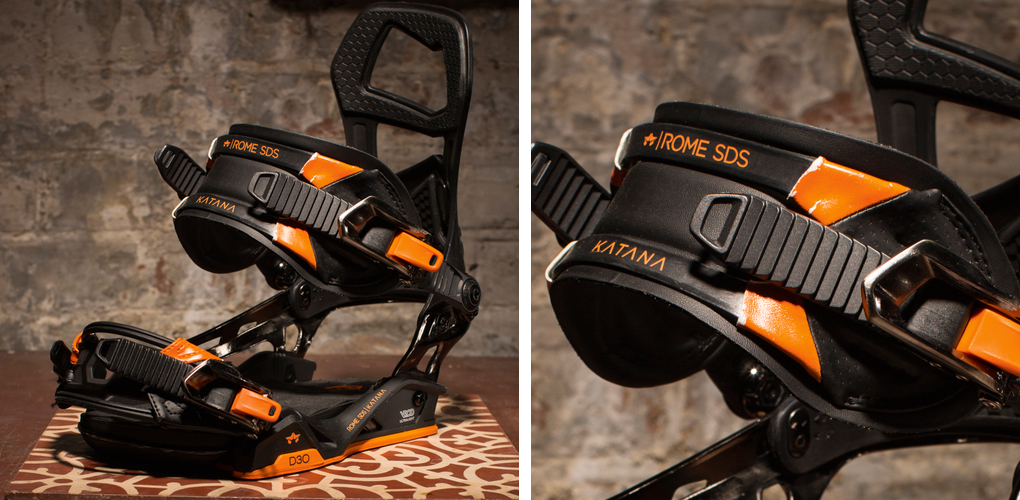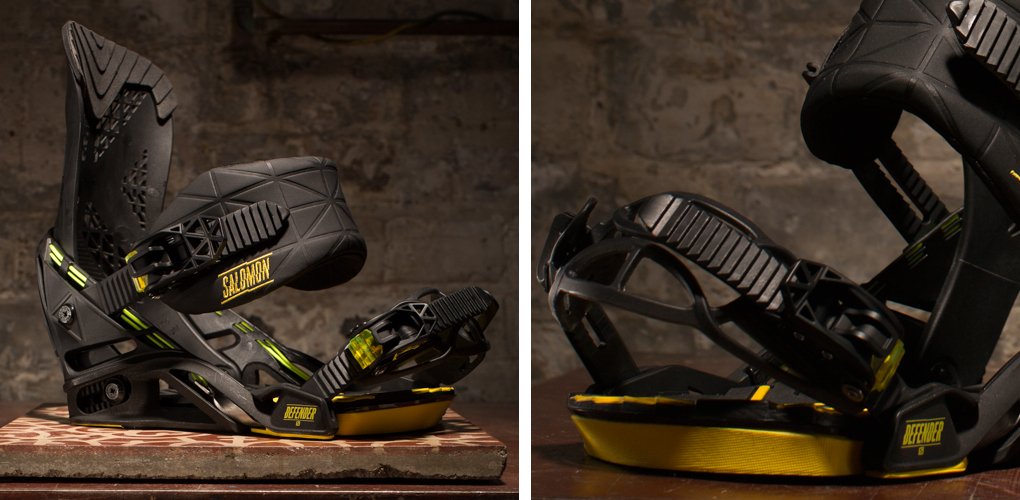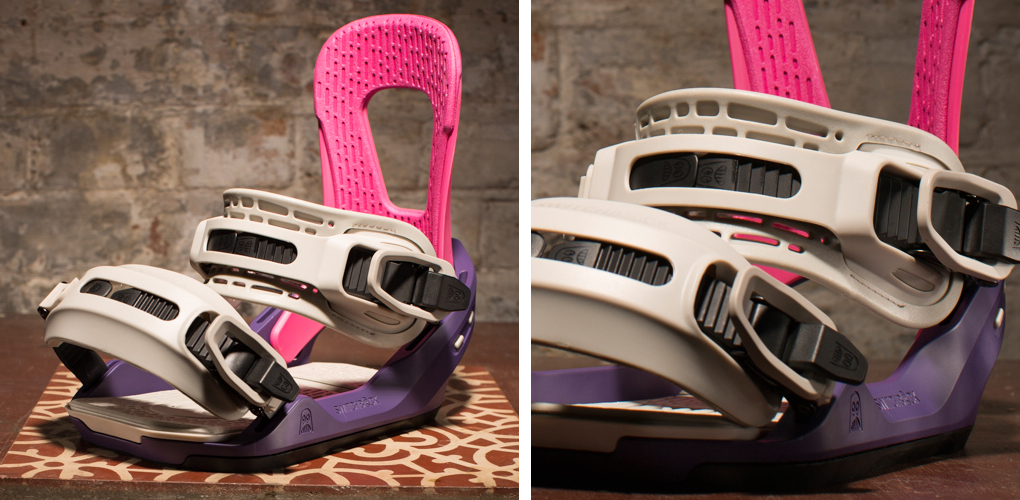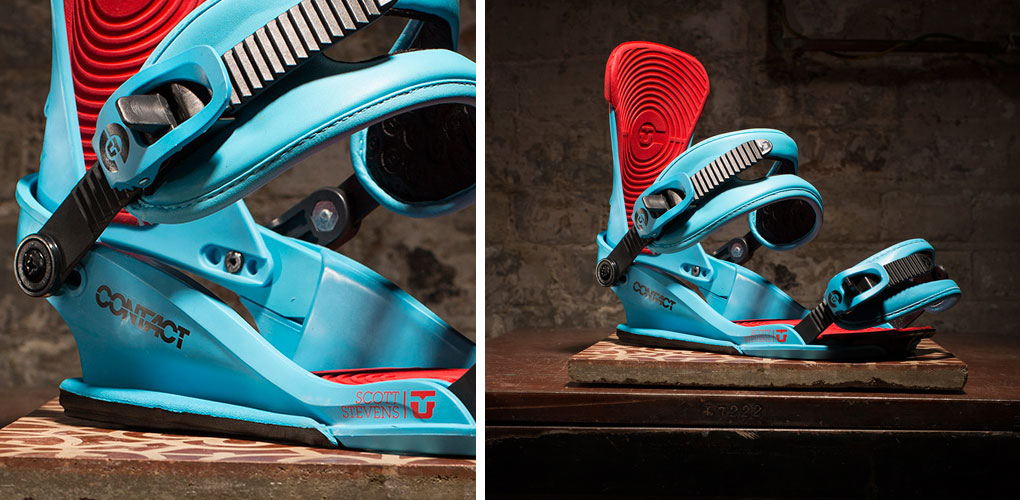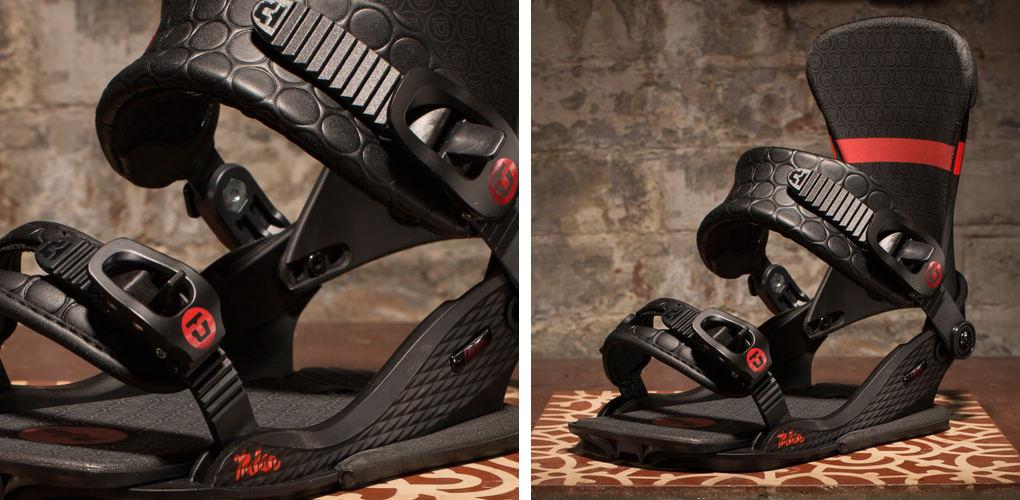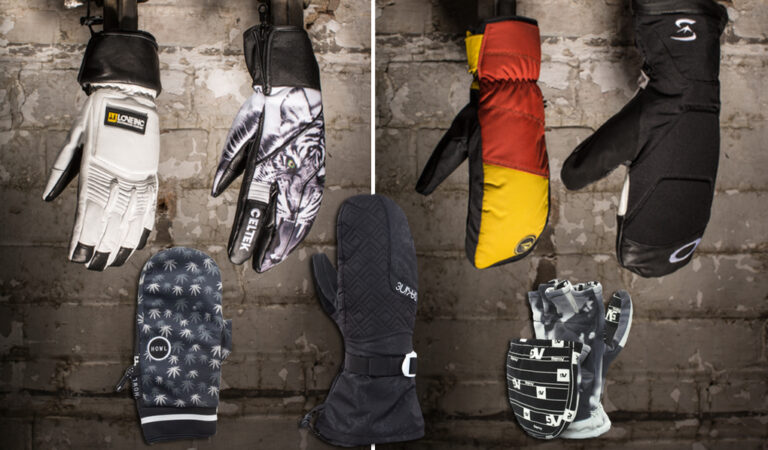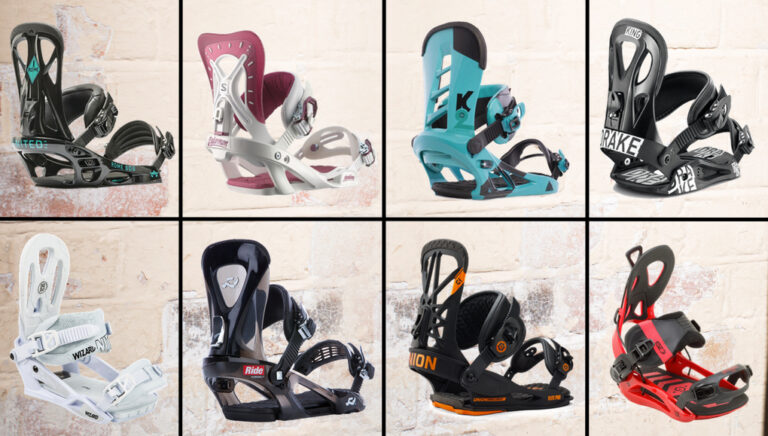Intro
Intro
UPDATE: Check out the best snowboard bindings for 2015-2016 here
[series align =’left’]Few would say that the choice of binding is quite as important as the board or boot, but it’s not far off. Simply put, the binding is how you ‘talk’ to the board, and having the best snowboard bindings for you can improve comfort and performance far more than you’d think. Most bindings tend to offer what we call the ‘classic’ two-strap entry system, but rear-entry options still exist and some can even do both. As a rule bindings have become lighter over the years thanks to advances in technology and materials, but there’s still a lot of variation here. In fact, each separate component can differ drastically from one binding to the next. We’ve broken it down to make it a little clearer, but a good binding is more than the sum of its parts; look for demo events near you, so you can try before you buy.
Baseplate – The largest, heaviest part of the binding is the interface between your boot and the board. One thing of which you must be sure is that it’ll mount to your snowboard; most either work straight off the bat or come with a conversion kit, but it’s always worth double-checking. A good baseplate has enough cushioning to dampen chatter, with some offering more than others depending on function and price. Some come with ‘gas pedals’ (adjustable toe ramps), while others feature ‘canted’ footbeds that slope out towards the nose and tail. Whether you want these or not is down to personal preference, so get testing if you can.
Highback – These provide support for your boot when making heel-edge turns. You technically can ride without them, but you’ve got a better chance of finding Lord Lucan than someone who never uses theirs. They come in various degrees of height, weight and stiffness. The shape varies too, some featuring an asymmetrical build that better fits a rider’s leg. If you like ‘forward lean’, where the highback is tilted towards to the toes for more aggressive riding, then make sure the adjustment you need is present. In rear-entry bindings, you can fold the highback down to allow your foot onto the baseplate before snapping back up to its original position.
Straps – in ‘classic’ bindings, these are your way in and out. However, there’s more to them than that. The fatter strap goes over your ankle and thus offers support. How much padding it has, as well as how rigid the strap’s shape is, will affect how it feels when you ride it. Toe straps tend to have less padding but can still vary in flex. It either goes over the top of the boot or over the toe., depending on the brand, although some give you the choice. The straps are fastened with ratchets which can also vary slightly in size, weight and ease of use.


